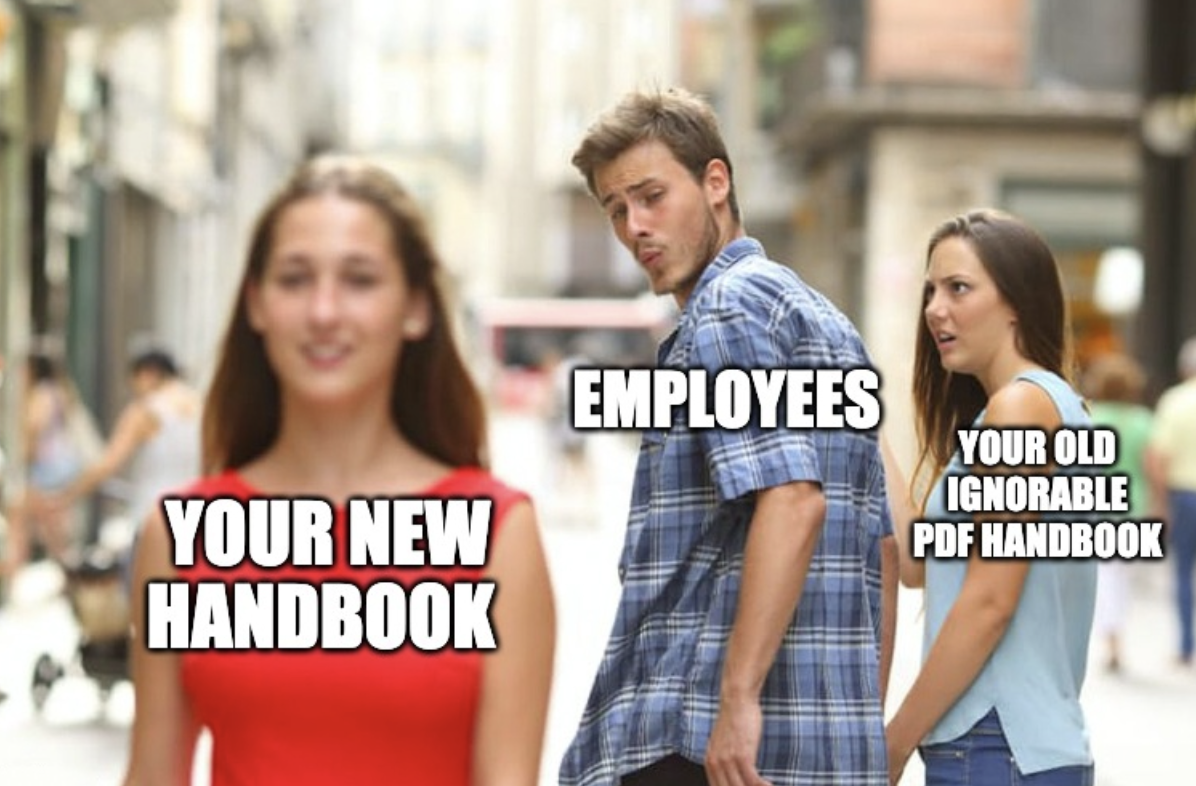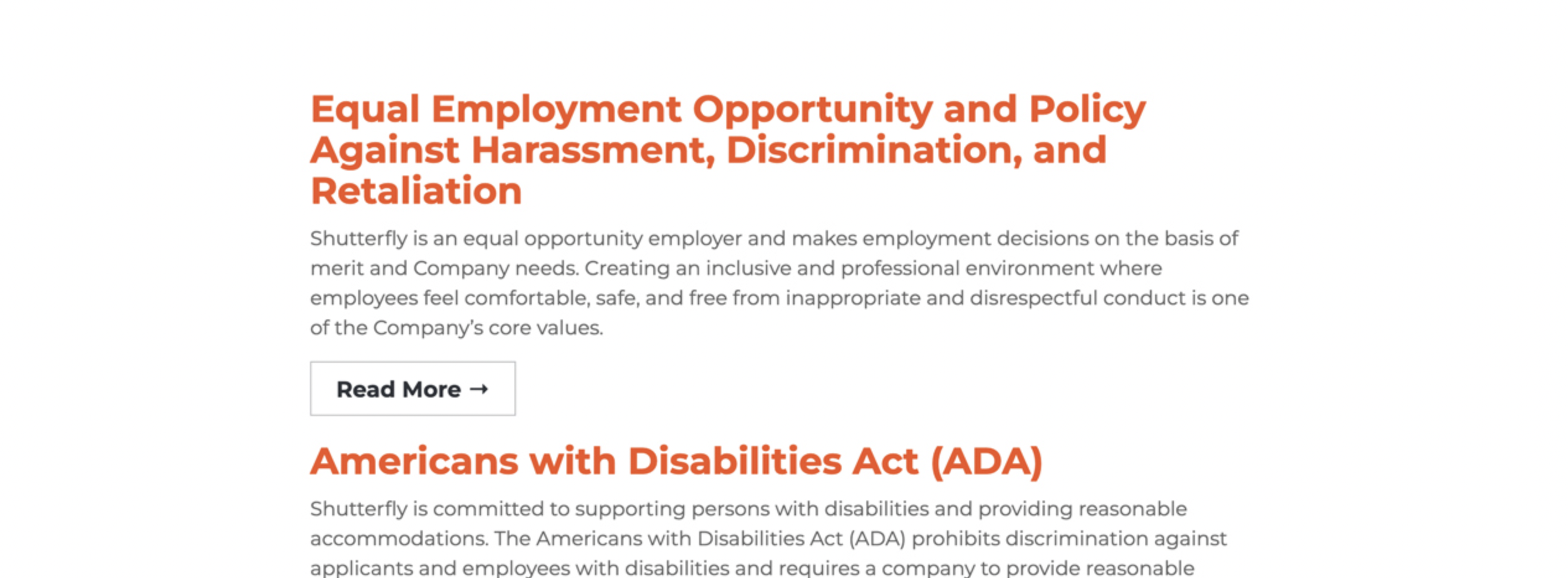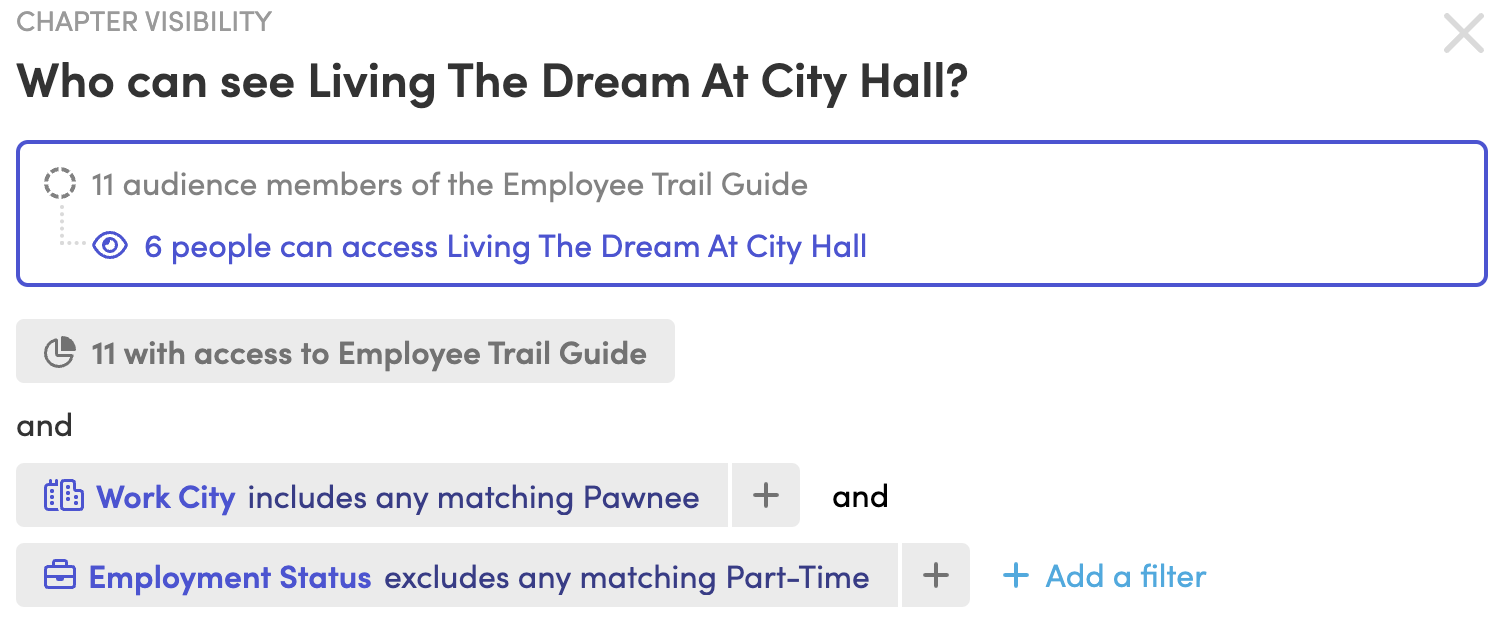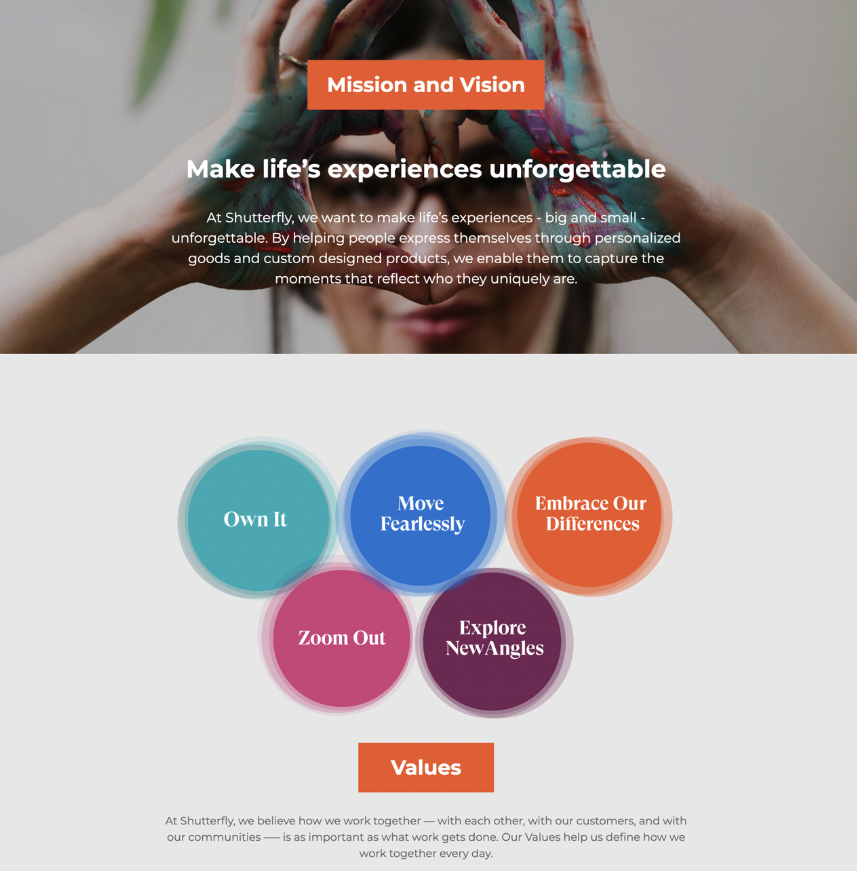The Ultimate Guide to Creating an Employee Handbook That Isn’t Ignored

Every HR leader knows the feeling. You’ve poured time into crafting a thoughtful employee handbook, yet months later it’s gathering digital dust or sitting untouched. Employees either forget it exists or avoid it because it feels irrelevant, outdated, or just plain hard to read.
The truth is, an employee handbook becomes far more valuable when employees actually engage with it. When employees don’t use the handbook, its ability to build alignment, answer questions, and support the company is limited. The challenge, then, isn’t just writing a handbook; it’s creating one that feels alive, approachable, and worth revisiting.
This guide will walk you through the essential elements of a handbook employees actually want to use, from keeping policies current to making the experience engaging and culture-driven. And yes, tools like a digital employee handbook platform (oh, hello Blissbook) can make this process smoother, smarter, and far more effective.
Keep It Current: The Legal Foundation of Trust
Few things undermine a handbook faster than outdated content. Employment laws change frequently, and multi-state employers know this pain all too well. If an employee spots information that’s clearly out of date (say, a parental leave policy that doesn’t reflect current law, or even something as innocent as an old effective date right there on the cover page) the entire handbook loses credibility.
That’s why staying current is non-negotiable. A handbook isn’t meant to be a static PDF or binder; it’s a living document. Regular reviews ensure compliance and demonstrate that leadership takes accuracy seriously. More importantly, they show employees that the organization is paying attention to the details that affect their daily work lives.
Digital employee handbook software makes this much easier. Instead of chasing down versions or emailing updated PDFs, platforms like Blissbook let you manage a single source of truth. Updates cascade instantly across the company, so every employee knows they’re looking at the most recent version. It builds trust and eliminates the shrug-inducing thought of, “Well, this must be outdated anyway.”
Make It Relevant to Every Reader
Employee handbooks fail when they try to be everything to everyone all at once. An hourly worker in Texas doesn’t need to scroll through ten pages of policies that only apply to a salaried office employee in New York. A 22-year-old entry-level hire may glaze over while wading through pages and pages of FMLA content they think they won’t need for years. Even managers can get lost in a sea of legal jargon before finding the policy that actually applies to their role.
Relevance is the key. When employees open your handbook, they should quickly see that it speaks to them: their job, their location, their … well, you get the idea. The easier it is for them to find what matters, the more likely they’ll use the handbook when it counts.

That’s why the wide-and-shallow approach works so well. Start with a simple overview of each policy, the what and the why, then give employees the option to dig deeper only if they need to. Blissbook’s Read More feature makes this easy by surfacing a clear, approachable summary and letting the curious or role-specific reader expand into the fine print.
Just as important, Blissbook also supports personalized content. Using metadata synced from your HRIS, you can show or hide content for different groups of employees. Some of our customers end up with thousands of possible versions of their handbook, yet as the editor, you only have to manage a single master document. In an ideal world, each employee would get their own personal handbook. With Blissbook, that ideal world is real.

Together, these features keep your handbook lightweight, relevant, and far less intimidating. Employees who want quick answers can get them instantly, those who need depth can find it, and everyone sees only what applies to them. Instead of feeling like a compliance chore, the handbook becomes a practical, personalized resource employees actually use.
Design and Brand Your Handbook to Reflect Your Culture
First impressions matter, even with employee handbooks. If your handbook looks like a legal contract, most people will treat it like one; something to skim, sign off on, and never revisit. That’s not the goal.
A handbook should feel like a welcome guide to your team and culture, not a document handed down by lawyers. The design, tone, and flow should say, “You’re part of something purposeful,” not, “Here are all the ways you can get in trouble.”
That’s where design and branding work hand in hand. A clean layout, thoughtful use of your brand’s colors and fonts, and images that reflect your people and mission can make the difference between a handbook employees avoid and one they actually enjoy exploring. Consistency with your company’s voice and visuals also builds trust. When your handbook feels like an extension of onboarding, internal comms, and even your external brand, it creates cohesion rather than feeling patched together.
Good design also communicates effort. When employees see that leadership has invested in making the handbook engaging and true to the brand, it signals respect and care. And care is contagious. Employees who feel their company has worked to meet them halfway are more likely to respond with attention, loyalty, and buy-in.
Beyond the Logo
Brand alignment goes beyond just stamping a logo on the cover. It’s about weaving your mission and values into every page, using your company’s authentic voice, and reinforcing the sense of belonging your brand promises. When a handbook mirrors the culture, employees don’t just read policies; they see themselves as part of a shared mission.
Write in an Approachable, Human Voice
Nothing makes employees tune out faster than walls of legal jargon. While compliance is important, a handbook written like a contract creates distance. It intimidates new hires, frustrates seasoned employees, and leaves most people scanning for keywords instead of actually understanding the policies.

The best handbooks feel like they’re written to employees, not at them. That means plain language, a conversational tone, and examples that sound like everyday workplace situations. Instead of, “Employees must comply with all applicable regulations regarding time off,” try, “Here’s how to request vacation time so we can plan ahead as a team.”
Tips for an Approachable Tone
- Use plain language. Avoid technical jargon wherever possible. Employees don’t need to know the legal citation behind a rule. They need to know how it affects them day to day. Your handbook is a communication tool, not a summary of applicable laws.
- Keep it conversational. Imagine explaining the policy over coffee with a new team member. Short sentences, friendly phrasing, and an encouraging tone make policies feel accessible instead of intimidating.
- Frame policies around the “why.” Context matters. Instead of just saying what the rule is, explain the purpose. For example, a dress code isn’t about restricting personal style, it’s about ensuring safety or maintaining professionalism with customers.
When people can actually read, understand, and relate to your handbook, they’re far more likely to trust it, follow it, and use it when questions come up.
Make It Accessible Anytime, Anywhere
A handbook that’s hard to access is a handbook that won’t get used. Requiring employees to log in through a VPN, track down a file on a server, or dig up a printed binder sends a clear message: this isn’t a priority. If leadership treats the handbook like an afterthought, employees will too.
Today’s workforce expects 24/7 access, whether they’re on a laptop at home or checking something on their phone between meetings. A digital employee handbook that’s mobile-friendly, searchable, and always up to date meets employees where they are. It also ensures compliance, since people can quickly confirm they’re following the right process or policy without wasting time.
Remove Access Barriers for Employees
Accessibility isn’t just about convenience. It’s about making sure your policies are actually usable. Skip the VPNs, hidden server folders, and clunky PDFs. Instead, give employees a clear path to the information they need, on any device, at any time. The easier it is to find and read the handbook, the more likely it is to become a trusted resource.
Don’t forget: culture, clarity, and compliance are for everyone at your organization, including those with disabilities. If you’re going digital, make sure you choose a solution that empowers every user, regardless of ability, to read, sign, and engage with the policies and procedures that govern their workplace.
Put Culture First
If your handbook jumps straight into rules and policies, it can feel cold and transactional. A culture-first handbook flips that script by starting with the “why”: your company’s mission, values, and purpose, then layering policies onto that foundation.

When employees understand the bigger picture behind the rules, they’re more likely to connect with them. A dress code isn’t just about appearances; it ties back to professionalism or safety. A time-off policy isn’t just a rule; it’s about ensuring balance and fairness across the team. Framing policies this way makes them relatable and far more memorable.
Blissbook dives deep into this idea in our eBook, How to Write a Culture-First Employee Handbook. Here are a few highlights:
- Culture-first content: open with a welcome message, your mission statement, and company values. This sets the tone and reminds employees that they’re joining something bigger than just a job.
- Onboarding and general information: include practical content like “how things work around here.” It helps new hires acclimate and gives everyone a reference point for everyday questions.
- Legal content and official policies: compliance is still essential, but it should live alongside, not overshadow, cultural content.
- Graphic design case-specific content: thoughtful visuals and layout reinforce your brand and make the handbook more enjoyable to read.
A culture-first approach transforms a handbook from a set of rules into a guidebook for how your team succeeds together. It’s more relatable, more readable, and ultimately more inspiring. Employees don’t just see policies; they see themselves as part of a shared mission.
The Psychology of Handbooks People Actually Like
A handbook isn’t just about policies. It’s about how employees feel when they interact with it. The psychology behind engagement explains why some handbooks become trusted resources while others gather dust. Three key principles stand out: likeability, reciprocity, and unity.
Likeability
People are more willing to say “yes” to those they genuinely like, and the same holds true for organizations. In fact, the New York Times reported that likable physicians were less likely to face lawsuits because their patients trusted them. The employer-employee relationship works the same way.
When companies put effort into making their handbook clear, welcoming, and even a little enjoyable to read, employees respond positively. A values-driven introduction, friendly tone, or visually appealing design creates a bond of goodwill. Nobody wants to slog through 60 pages of legalese, but people will read something that feels human and approachable. The more employees like the company and its handbook, the more likely they are to follow policies and, bonus, the less likely they are to feel litigious.
Reciprocity
It’s human nature to give back when we’ve been given something. If a company invests time and care in making a handbook engaging, employees feel compelled to reciprocate with attention and respect.
This isn’t about fancy perks. It’s about showing compassion, effort, and respect in the way policies are presented. A user-friendly, thoughtfully designed handbook communicates that leadership values the employee experience. In return, employees are more inclined to use the handbook as intended and to uphold the standards within it.
Unity
Humans are hardwired to belong. A sense of unity at work doesn’t just improve morale; it also boosts compliance and productivity. Gallup research shows that psychological safety enables employees to take risks, experiment, and engage more fully.

Your handbook can help create that unity. By placing your mission, values, and cultural commitments alongside your policies, you remind employees that these rules aren’t about control. They’re about supporting the team’s shared success. When the handbook feels like a guidebook for “us” rather than a rulebook for “them,” employees are more motivated to embrace it.
Unity turns policies into a collective agreement rather than a top-down mandate. The result? A stronger culture, greater engagement, and yes, fewer headaches for HR.
Final Thoughts
An employee handbook isn’t just a compliance document. Done right, it’s a cultural touchstone. A guide that helps people understand how to thrive in your organization. The most effective handbooks are current, relevant, approachable, accessible, on-brand, and culture-first.
Creating something that checks all those boxes isn’t easy with traditional PDFs or binders. That’s where Blissbook comes in! We built our digital employee handbook software to solve the problems that make most handbooks ineffective:
- Outdated policies? Blissbook keeps your content current with version control, easy updates, and easy distribution.
- Irrelevant or overwhelming detail? Our Read More buttons, personalized content, and search lets employees get to what matters to them, fast. You can limit content, text, or policies to specific groups of employees so each reader sees only what applies to them.
- Cold or unapproachable design? Blissbook makes it simple to brand your handbook so it looks and feels like an extension of your culture, not a legal contract.
- Hard-to-access files? Every Blissbook handbook is digital, searchable, and securely available anytime, anywhere, on any device.
- Compliance concerns? Collect employee acknowledgements and signatures online in just a few clicks; no more paper chasing.
When you combine thoughtful policies with a platform built to deliver them, your handbook becomes something employees actually want to use; not something they ignore.Ready to bring your handbook to life? Start creating a culture-first, engaging, and accessible employee handbook today with Blissbook.